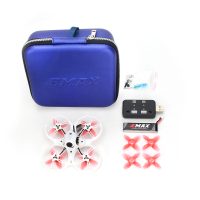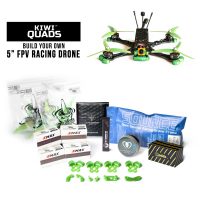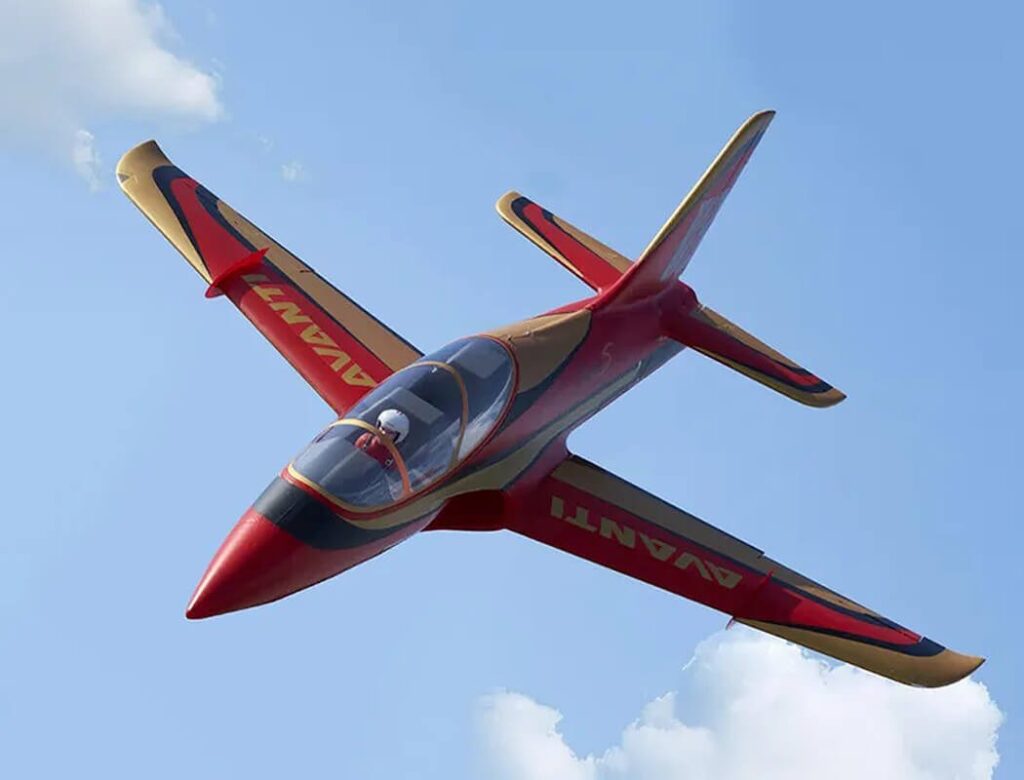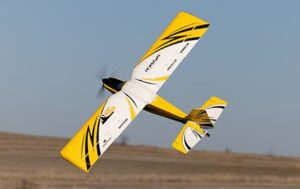How to Choose a LiPo Battery Charger
A decent battery charger is an integral part to your FPV parts collection. With so many choices and specifications, it’s important to get the right one for your needs – today we’ll help you choose the right one.
Most battery chargers require a seperate power supply, however many newer models today come with integrated power supplies that can plug straight into your 230V appliance sockets. Although usually lower-spec’d than their counterparts, integrated chargers are often simple to setup and quick to deploy and charge a few battery packs.
An advantage of a seperate PSU is that if you upgrade your charger, you aren’t forced to pay for a new PSU at the same time. You can run your new charger off the old PSU.
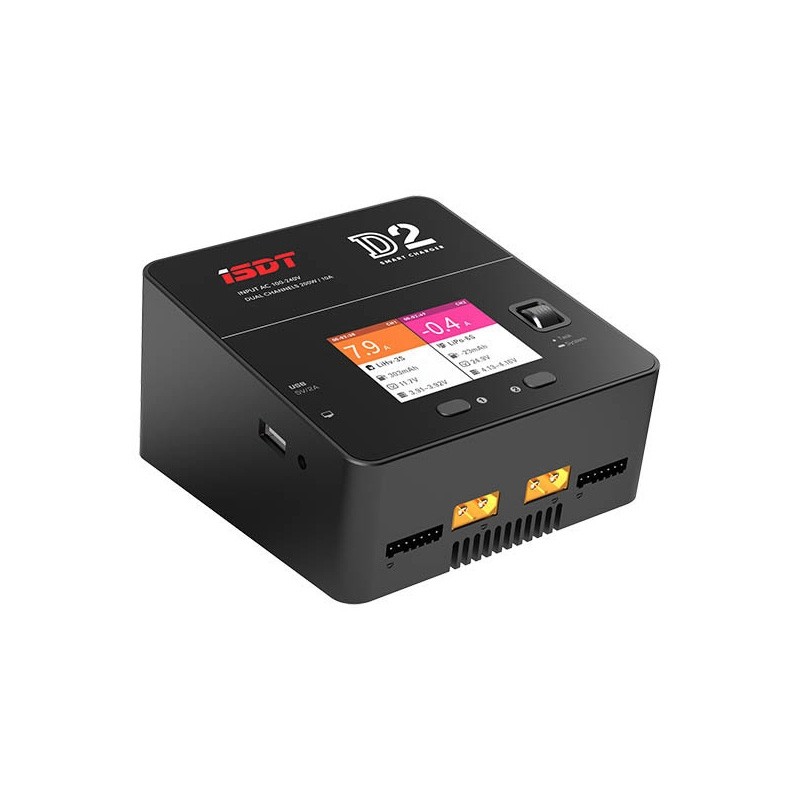

Integrated PSU LiPo Battery Chargers
LiPo battery chargers with integrated PSU’s are simply the best charging solution if you’re new to the hobby and want something that ‘just works’ without too much hassle and having to check for complete compatiblity with many different components.
The two main specifications you need to look for in a battery charger is the battery cell compatibility (measured in cells eg. 2S-6S or 3S-4S) and the amp output rating. The first is fairly explanatary – consider which batteries you will likely use in the future. We always recommend considering something up to 6S compatible, as that tends to be where the hobby is quickly heading. An output amperage rating means the ability to charge batteries at full power, and is most useful when considering parallel charging.
Let’s take a look at one of the best ISDT integrated PSU chargers currently available:

ISDT D2 200W 12A AC Dual Channel Battery Charger
- Support for 2-6S batteries (charge any battery between 2 and 6 cells.
- Dual output – great for charging two types of batteries on two parallel boards
- Output of 10A per channel. This allows you to run several batteries in parallel on each output, or 1 battery directly from each channel.
- 2.4″ LCD screen
DC Input LiPo Battery Chargers
DC-input chargers mean they don’t plug into your home wall socket. You’ll need an external power supply to run them; or you can plug them into another source of power like a large battery for using in the field. The advantage of this is that they’re smaller, more portable, and generally more powerful. They can also be easily upgraded and switched out.
You’ll need to consider some extra specifications with DC-input chargers. Namely, the input voltage and power required to run it. We recommend most chargers are run at 24V input. This is a comfortable balance of low-voltage and low-current. With the option to run input voltages as low as 10V, this makes it a viable option to run off a larger power source such as a car battery and giant LiPo cells in the field for a fantastic portable charging option without requiring a generator.
Let’s consider the ISDT Q8, a 500W DC-input LiPo battery charger:

ISDT Q8 500W 20A Battery Charger
- Support for 1-8S batteries (charge any battery between 1 and 8 cells.
- Charging Output of 20A. This is a huge rating for charging many batteries through multiple parallel boards.
- Touch screen panel and LCD display
Battery Charger Power Supplies
Power supplies are a neccessary device for powering a DC-input battery charger. The number one rule for choosing a power supply is to select a suitable supply that is as big, or bigger than the watt rating required of your charger. That is, if your battery charger is rated up to 300W, you should be powering it with at least a 300W power supply.
Many people choose to power their chargers with old server computer power supplies, which typically have a huge output amperage, but are usually only rated at 12V, which is not ideal. For almost every battery charger, you’ll want to be using a 24V AC/DC power supply.
Here’s our 360w 15A 24V Power Supply:

Power Supply for Battery Charger – 360w 15A 24V w/ XT60
- 24V Output voltage – very important to ensure you get the highest efficiency from your battery charger
- 15A current rating, generally plenty of power for almost any charger
- Three output terminals for using up to 3 chargers simultaneously.
- This PSU is legitimately intended to run in a production environment. It’s got top-quality hardware and engineering. It’s got short-circuit protection. It’s got thermal and overload protection. It’s the best.
Finding the Right Charger for You
We hope this guide has been helpful and explained some of the terminology behind charger technology and specifications. If you’ve got any questions or need help choosing the right charger, please get in contact with us!

